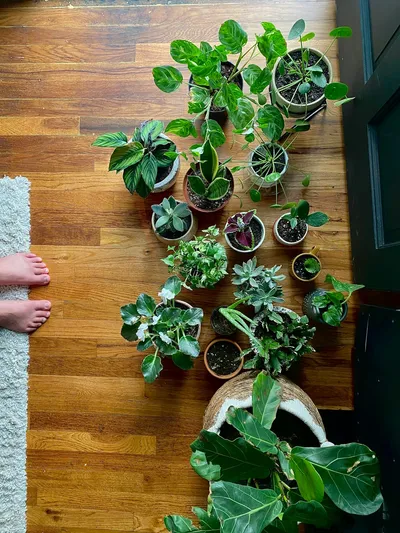
The Importance of Natural Textures in Interior Design
Natural textures bring warmth, comfort, and a sense of tranquility to any living space. Unlike synthetic materials, natural elements like wood, stone, and woven fibers introduce a unique aesthetic that resonates with nature's serenity. In this article, we explore various ways to incorporate natural textures into your interior design, making your home both stylish and inviting.
Use of Wood: From Floors to Furniture
Choosing the Right Wood
The type of wood you choose can significantly impact the overall feel of the room. Hardwoods like oak, maple, and walnut are durable and offer a classic, timeless look. Softer woods like pine and cedar add a rustic touch. Consider your existing décor and the atmosphere you wish to create when selecting wood types.
Innovative Applications
Wood is incredibly versatile and can be used for flooring, furniture, wall paneling, and even ceilings. Reclaimed wood is a sustainable option that adds character and history to your space. Don't be afraid to mix different wood tones to create a layered, dynamic effect.
Incorporating Stone Elements
Stone Flooring and Countertops
Natural stone like marble, granite, and slate can enhance the elegance of your home. Stone countertops in kitchens and bathrooms are not only beautiful but also incredibly durable. Stone flooring, particularly in entrance areas or bathrooms, offers long-lasting sophistication.
Decorative Stone Accents
Stone isn't just for floors and counters. Consider using stone tiles for a stunning backsplash, or a stone wall to create a stark, dramatic accent in your living room or bedroom. Smaller stone elements like coasters, sculptures, and picture frames can also add subtle touches of nature throughout your home.
Woven and Organic Textures
The Beauty of Woven Materials
Woven textures like rattan, wicker, and jute bring a bohemian, earthy vibe to interior spaces. These materials are perfect for furniture, rugs, and baskets. Incorporating woven elements can soften the rigidity of other natural textures like wood and stone, creating a balanced ambiance.
Organic Textiles
Consider organic textiles like cotton, linen, and wool for your upholstery, curtains, and cushions. These fabrics not only feel great against your skin but also contribute to a healthier indoor environment. Natural textiles can be found in a range of patterns and colors, making it easy to match them with your overall design scheme.
Combining Natural Textures
The key to successfully incorporating natural textures is balance. Mix and match different materials to create depth and interest without overwhelming the space. For example, a wooden dining table surrounded by wicker chairs, with stoneware dishes and a linen table runner, can create a harmonious blend of textures.
Expert Tips for Seamless Integration
- Start Small: Introduce natural elements gradually, such as a wooden lamp base or a stone vase.
- Consistency: While variety is important, ensure there's a consistent theme connecting all the textures.
- Mood Boards: Create mood boards to visualize how different textures will look together before making any major changes.
Bringing natural textures into your home is more than a design choice; it's a lifestyle that celebrates the inherent beauty of our environment. By thoughtfully selecting and combining materials, you can create spaces that are not only aesthetically pleasing but also deeply comforting.
Top Interior Design Posts
Check out our most popular articles on interior design, featuring reader favorites on plants, textures, patterns, and more.



